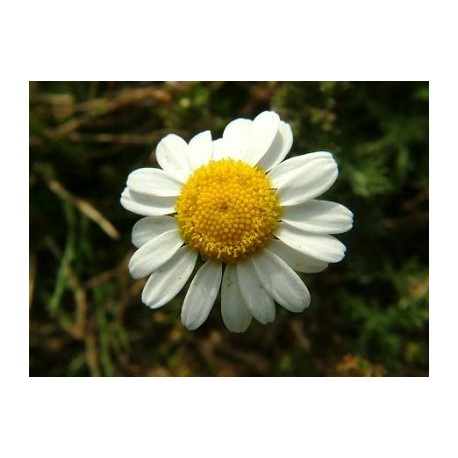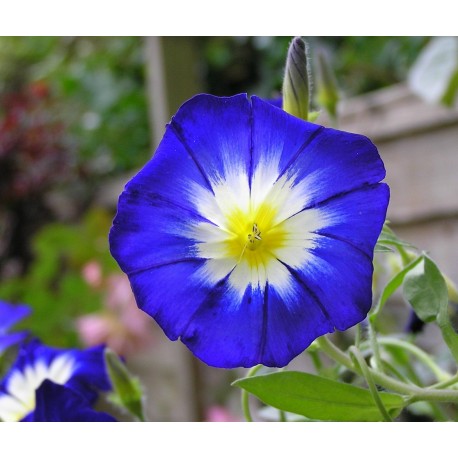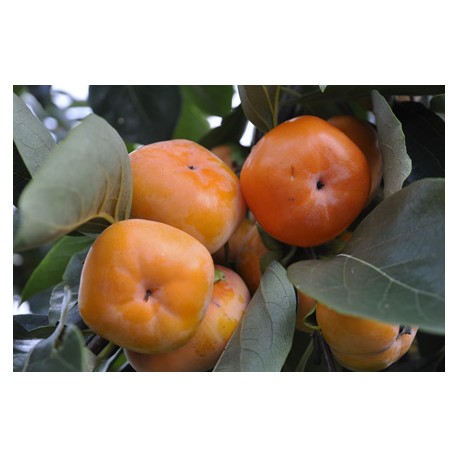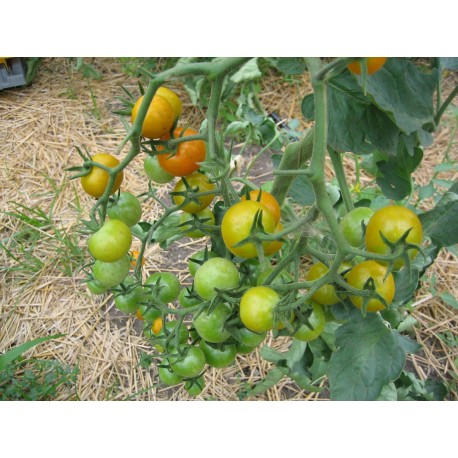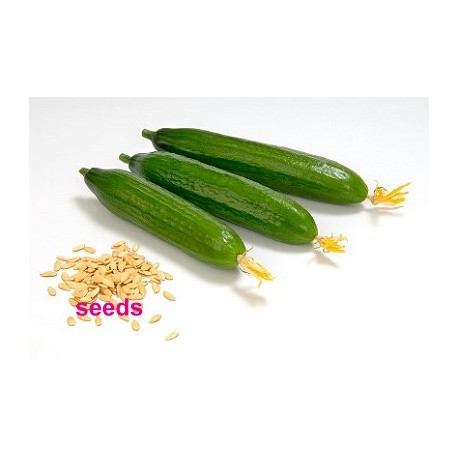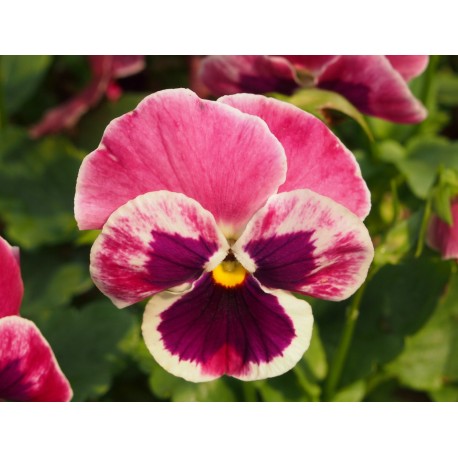Clivia

Clivia is fond of warm and humid environment with certain drought-enduring ability and developed fleshy roots, but it is afraid of water logging. So you should master the principle of dry and wet when you water it. You’d better keep the relative humidity between 80% to 90%, and no less than 60%. Brush the leaves with tea water can make the leaves become fresher and brighter. All in all, as long as the clivia avoids being blown in spring, avoids strong direct sunshine in summer, avoids rain in autumn and avoids drought in winter, it can keep exuberant and flourishing.
Daisy

Potted daisy can be sowed and grow in the late August. It can be plant division propagation as long as you make sure it can grow safely in summer. Because it likes cool and hates hot weather. When it is 28℃- 30℃, the daisy become weaker and weaker, and if you don’t manage it well, it will wither and die. You can give it more sunshine gradually in September, and fertilize it with thin nitrogen fertilizer once or twice. Before or after National day, pull out it from the original basin, shake off the soil, and divide the tufty plants into a single plant or double plants. Mix the humus soil with garden soil as the cultivated soil, and add small amount of NPK and bone meal as the basic fertilizer. Place a piece of rigid plastic foam under the basin, so that it is good for ventilating and draining off water. Small basin can grow 1 plant; middle basin can grow 2-3 plants. After watering it, place it in a half-shade place and put it to a place full of sunshine after 10 days. You can see the soil dry or humid, and avoid water logging. After 15-20 days, you can fertilize it once with NPK or 0.2% potassium dihydrogen phosphate solution. In the south of the Yellow river, you don’t need to put it indoors, because it can endure -10℃ low temperature and frost and snow. But when it is -5℃ in the north of the Yellow river, you need to put it into a low-temperature room( about 5 ℃) , so that it can overwinter.
Hyacinth

It is suit for planting hyacinth in the field during October and November. The most important condition is choosing the soil with good drainage ability. You can pick out some good hyacinth bulbs from the market in late autumn to plant in the loose cultivated soil. The number of the bulbs depends on the size of the basin, generally, range from 1-3 bulbs. Mix the loam, humus soil and sand as the nutrient soil. 10cm diameter basin can plant 1 bulb, and 15cm diameter basin can plant 2-3 ones. Moreover, bury the basin in the soil; cover them with 10-15cm thick soil. After 7-8 weeks, the buds have grown into more than 10cm high, and then you can remove the soil on the surface and place the hyacinth in the sun. Generally, plant during October and November, and flower in March.
Jasmine

Jasmine likes moist and ventilation, and can’t resist drought and is afraid of water logging, so you should master the water time and water volume. It will flower during June to July. The roots go back to normal growth, and you need to water them with thin alum fertilizer every 7-10 days. Generally, we should change the basin and the soil of the potted jasmine every year. When changing the basin for the jasmine, get rid of the old soil around the roots and the rotten roots. Help it to change a new cultivated soil to improve the soil’s granular structure and nutrient, which is beneficial to the growth of jasmine. After changing the basin, you should give it enough water, so that the roots and soil can get close to each other, and restore growing. Since the survival rate of jasmine’s cuttage is much higher in autumn, many families will start jasmine’s cuttage in autumn. Please note that: you don’t need to transplant the survival jasmine after cuttage in the same year. The reason is that jasmine is intolerant of cold, if start cuttage in autumn and transplant in winter, the seedlings can’t resist cold and will die of cold at last.
Pansy

Pansy likes cool or warmth, and hates high temperature and moist. It is better to grow with 5-23℃ temperature. If the temperature reach up to 28℃, you should keep the ventilation good to lower the temperature, and prevent the pansy from dying of withering. Night temperature 16 ℃ - 18 ℃, daytime temperature 18℃-24℃,it is hard for the outdoor plants to keep the best growing condition. Negative temperature difference between day and night makes plant becomes short, but with high quality. Avoid high temperature. Pansy likes cool and needs full sun, so you’d better place parts of retail pansies in the shade to reduce water loss. Don’t water them too much, because the pansy grows in cool area, and the water won’t lose too fast. So it doesn’t need too much water.
Oxalis

Oxalis likes sandy soil with good drainage ability, and the clay isn’t good for oxalis’s growth, so you need to change proper soil for the oxalis. When soil preparation, fertilize the soil with organic fertilizers and compound fertilizer; sieve, rake and tamp the soil, keep the soil with 5 degrees slope so that it can drain easily. Remember to reserve drain holes for the flower bed, because the oxalis fears water logging. So you must reserve enough drain holes to avoid water logging in rainy season. The cultivated oxalis sprout early, and fall leaf late. It is appropriate to plant in early spring or late autumn. Don’t transplant it during the flowering period. The spacing of planting should be 15×15cm. If you give them enough water after planting, they are easy to survive. Flower after sprouting. You can see the result in the same year of planting. It is better to use sprinkling irrigation or drip irrigation, and not to use flood irrigation. Keep the soil moist but not too wet, which is good for the growth of oxalis.
Gloxinia

Gloxinia likes warm and wet weather, and half shade environment, can’t resist cold, loves rich and loose soil. The proper temperature for growing gloxinia is 18-22℃ from January to October, and 10-12℃ from October to January of next year. You should keep the soil dry during its dormancy in winter. If the temperature lower than 8℃ with high air humidity, it will cause rot of the tubers. Gloxinia is half-heliophilous plant, and loves half-shade environment. So it needs to avoid strong direct sunlight during growing. However, the environment can’t be too dry, too. In winter, the leaves of the plants will wither gradually, and the plants will enter a state of hibernation. At that time, you should dig out their tubers from the ground, and store them in the cool and dry sand ( the temperature can’t be lower than 8℃) to help them over winter. Wait till the following warm spring, plant them with new soil.











